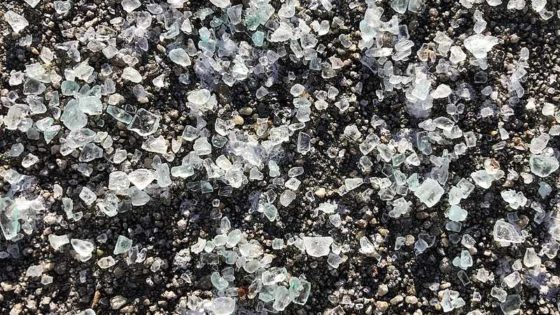He Z., J. Kan, F. Mansfeld, L.T. Angenent, and K.H. Nealson. 2009. Environmental Science and Technology 43:1648–1654.
Abstract
A sediment-type self-sustained phototrophic microbial fuel cell (MFC) was developed to generate electricity through the synergistic interaction between photosynthetic microorganisms and heterotrophic bacteria. Under illumination, the MFC continuously produced electricity without the external input of exogenous organics or nutrients. The current increased in the dark and decreased with the light on, possibly because of the negative effect of the oxygen produced via photosynthesis. Continuous illumination inhibited the current production while the continuous dark period stimulated the current production. Extended darkness resulted in a decrease of current, probably because of the consumption of the organics accumulated during the light phase. Using color filters or increasing the thickness of the sediment resulted in a reduction of the oxygen-induced inhibition. Molecular taxonomic analysis revealed that photosynthetic microorganisms including cyanobacteria and microalgae predominated in the water phase, adjacent to the cathode and on the surface of the sediment. In contrast, the sediments were dominated by heterotrophic bacteria, becoming less diverse with increasing depth. In addition, results from the air-cathode phototrophic MFC confirmed the light-induced current production while the test with the two-chamber MFC (in the dark) indicated the presence of electricigenic bacteria in the sediment.


